As with all things photographic there tends to be differences of opinion and the occasional hard-edged viewpoint that people bring to on-line discussions. Shooting in low light is one such subject. Many folks have a strong belief that if you shoot in low light you must use a full frame camera to get good results. Period.
But… is this actually true?
Note: Click on images to enlarge

Of course in situations where a tripod is used any camera, regardless of its sensor size, will operate at its optimal since the lowest possible ISO can be used. Shutter speed and aperture can then be adjusted to achieve the best possible exposure and composition in terms of depth-of-field. So, let’s take tripod shooting off the table and focus on situations where a photographer is forced to shoot hand-held in lower light conditions, and is using a smaller sensor camera like a M4/3 or the Nikon 1 CX format.
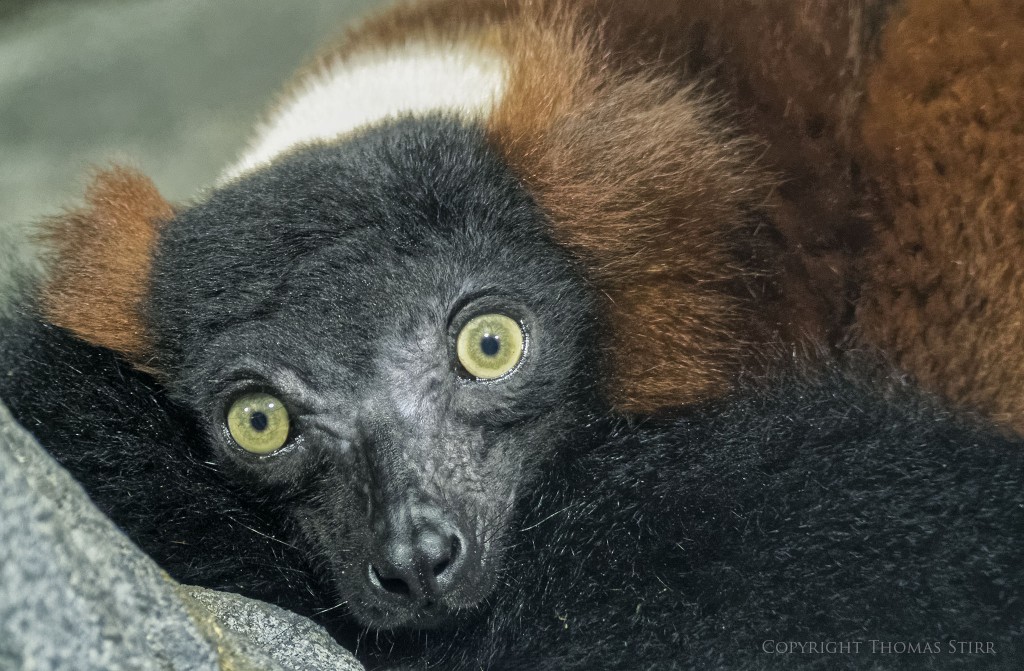
If we simply look at sensor test data there is absolute truth to the notion that full frame sensors are better than smaller sized sensors when shooting in low light conditions. Dynamic range and colour depth are both higher. And, the key point for many photographers is that digital noise is much better controlled as higher ISO’s are used.
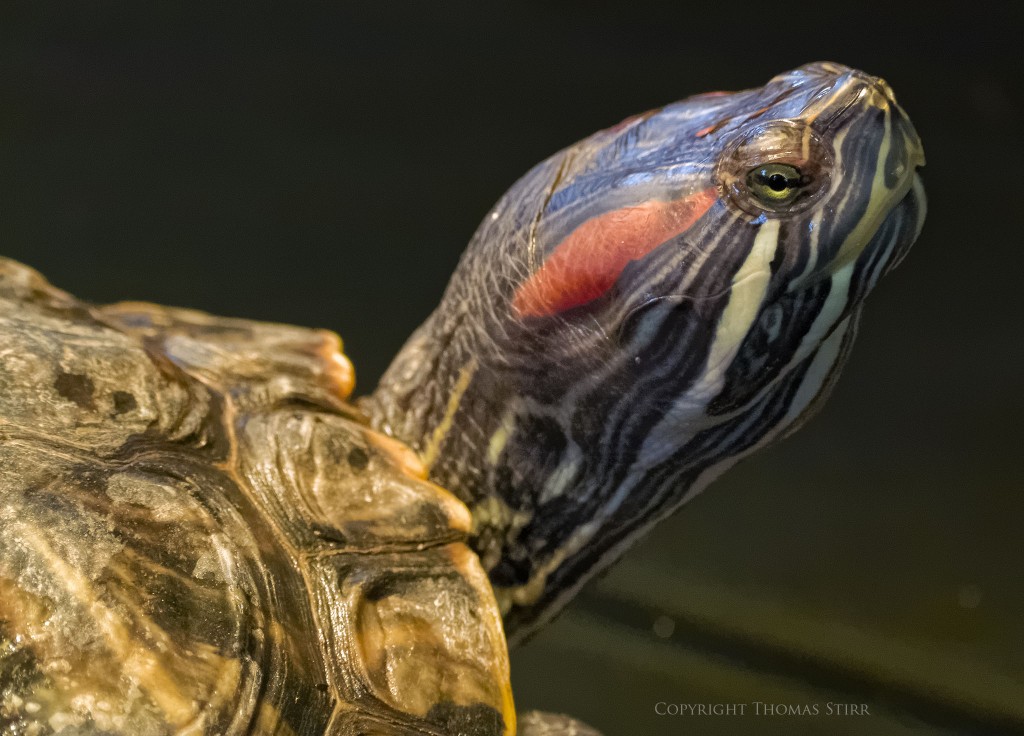
All we need to do is examine sensor test data on the DxOMark web site to see the facts in black and white. A camera like my Nikon 1 V2 has a ‘sports score’ (i.e. the low light score) on DxO of 403 ISO while a camera like the Nikon D750 scores 2956 ISO. There’s nothing to debate – facts are simply facts. The D750’s sensor scores almost 3 stops better than the sensor in my Nikon 1 V2. And, it is also true that smaller sized sensors ‘top out’ at much lower ISO values than do their full frame brothers. For example, my Nikon 1 V2 doesn’t even have an option to shoot higher than ISO-6400.
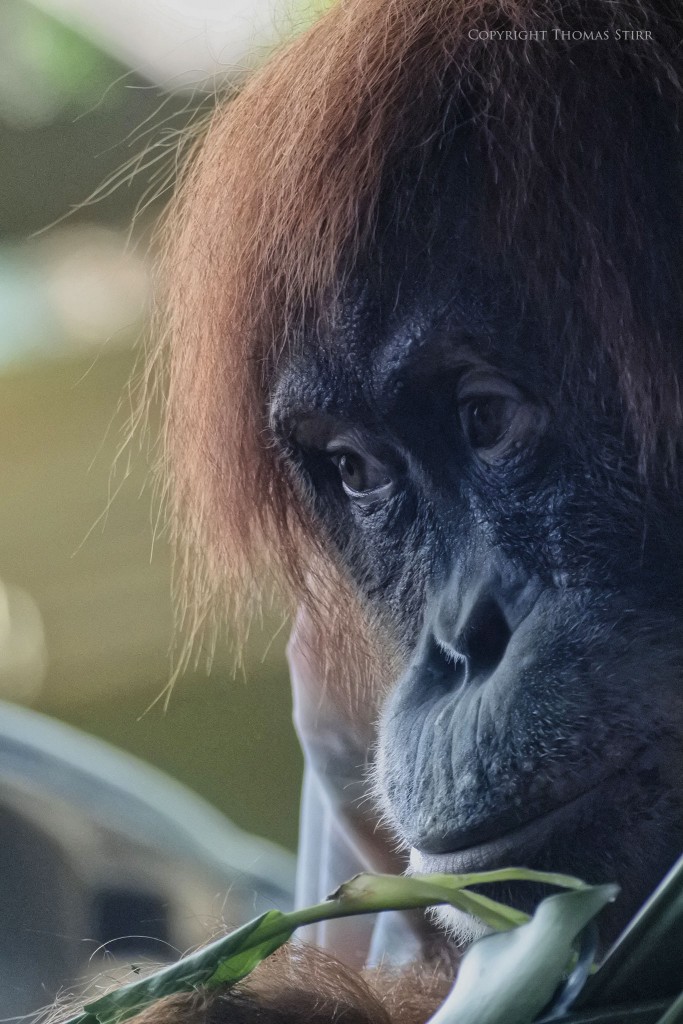
So, all things being equal with the exposure triangle – there’s no doubt that a full frame camera will blow the doors off of a small sensor camera like my Nikon 1 V2 when it comes to shooting at higher ISO’s.
What we often overlook with these types of discussions are some practical, everyday shooting considerations. As I illustrated in an earlier article there are some very practical depth-of-field advantages when shooting with a smaller sensor camera system like the Nikon 1.

This difference changes one of the factors in the exposure triangle in terms of aperture setting. Someone using Nikon 1 system gear can create a similar image to someone using full frame gear by using a more wide open aperture and this could allow them to shoot at a lower ISO than the full frame shooter. Obviously this could come in handy when shooting in lower light situations.
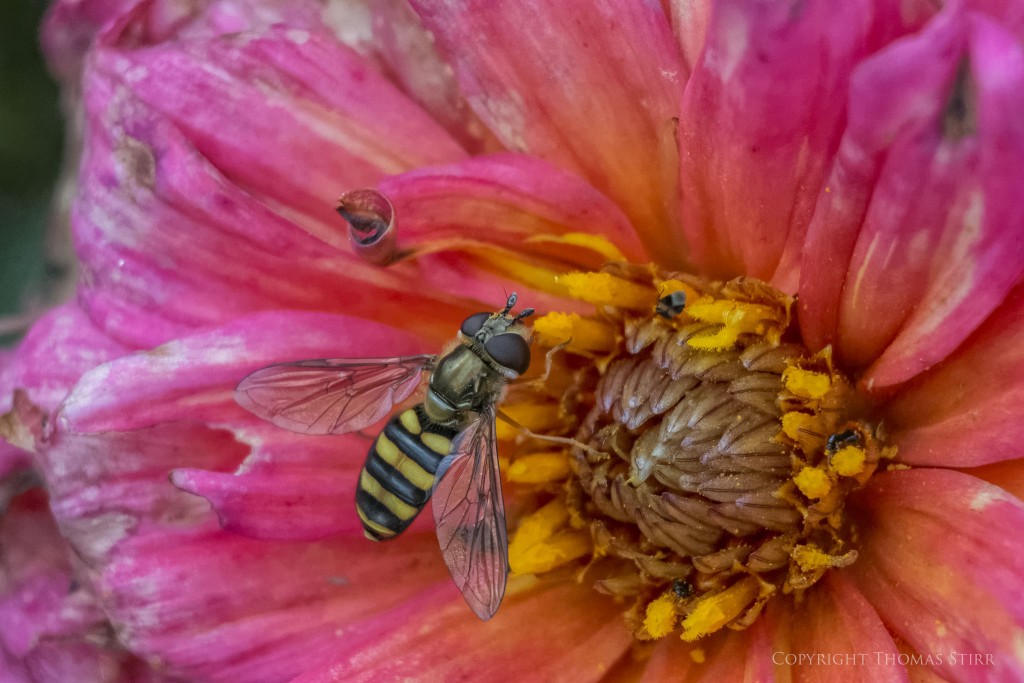
Of course, this assumes that the Nikon 1 shooter has an appropriate native CX lens that can be used in that specific situation. While the Nikon 1 lens family is growing there are still a number of gaps that owners need to work around as best they can.

Owners of M4/3 cameras have a better selection of fast prime and zoom lenses available to them. They are currently in a better position to use a more wide open aperture to help reduce the ISO’s at which they shoot, while still achieving their desired depth-of-field when compared to using a full frame camera.

For example, GH4 owners have two very good Panasonic f/2.8 constant aperture zooms available (12-35 mm and 35-100 mm).
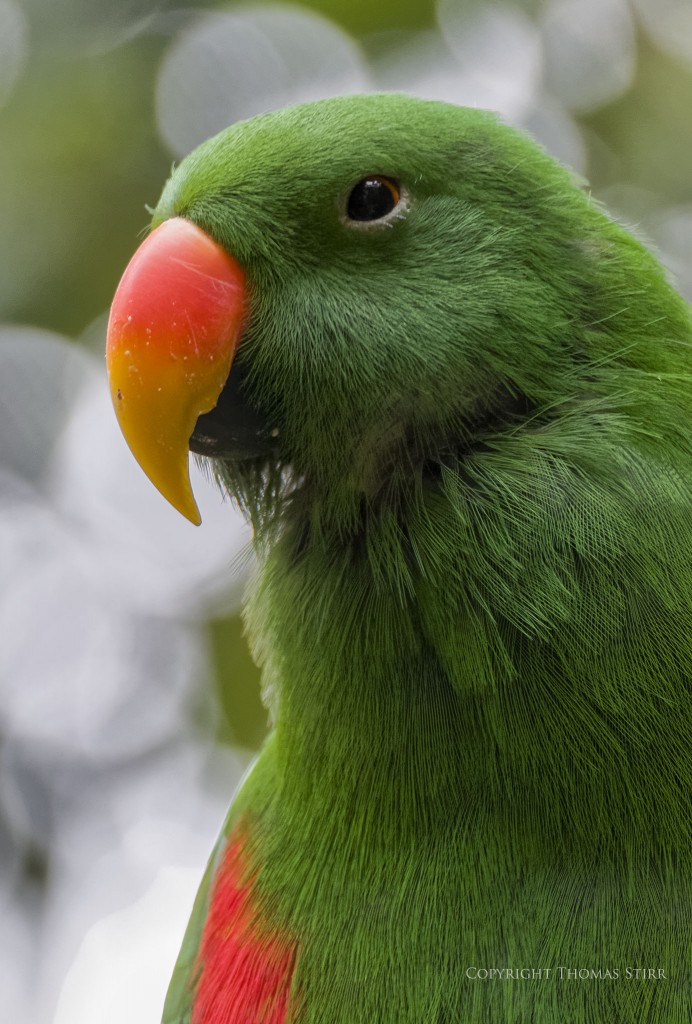
Let’s assume that a photographer was using a Nikon D750 full frame camera with a 70-200 mm f/2.8 constant aperture zoom, and was shooting at f/5.6, 1/200, ISO-3200, at 200 mm in order to achieve their desired depth-of-field, exposure and image framing.

Faced with exactly the same lighting conditions, distance from subject, desired field-of-view and depth-of-field, a GH4 owner could shoot at 100 mm at f/2.8, 1/200 and only have to use ISO-800 to get their image. This is because the aperture they are using is 2-stops faster than the one being used by the D750 owner. Since the GH4’s low light score is 791 ISO and the D750’s is 2958 ISO (as rated by DxO) both set-ups would likely produce very similar levels of noise in the images each camera produced under identical low light conditions.
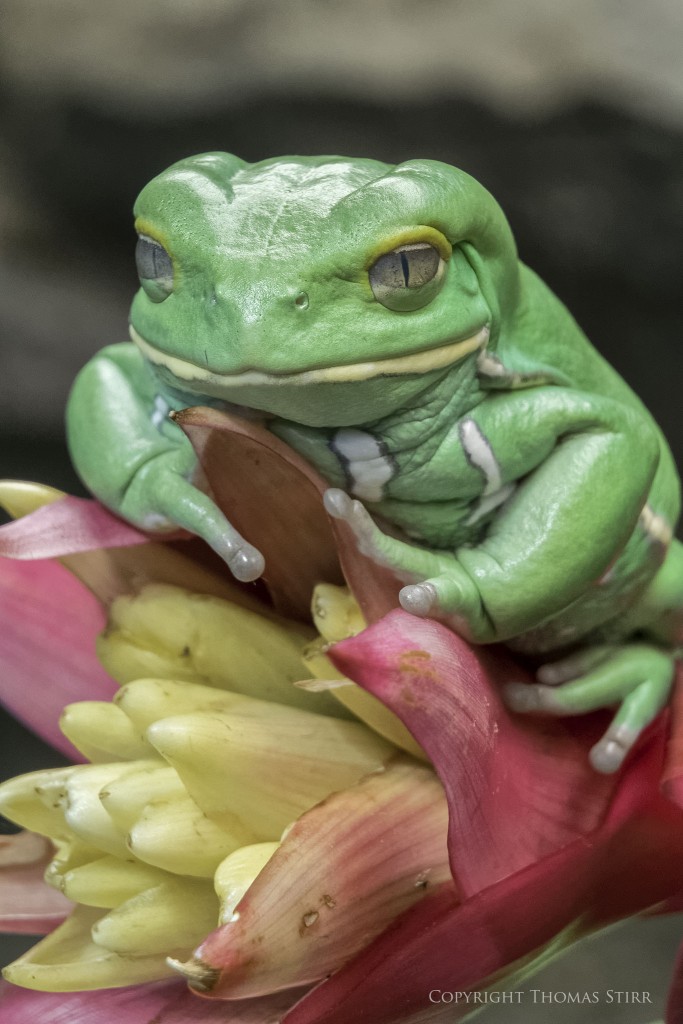
When shooting with a smaller sensor camera it is important to remember that the sensor crop factor can allow us to shoot at more wide open apertures when compared to photographers using full frame gear and that may allow us to use a lower ISO while still getting the desired depth-of-field and framing in our images. This is due to the fact that smaller sensor camera systems can use shorter focal length lenses to achieve the same field-of-view as full frame cameras. And, shorter focal length lenses have deeper depth-of-field characteristics regardless of the sensor size on the camera on which they are used.

Another very important consideration when shooting in lower light conditions is the size and weight of various camera systems and how that can potentially impact a photographer’s ability to effectively shoot hand-held. In the next portion of this article let’s have a look at some hand-held test images.


Thoughtful and concise presentation. I appreciate and agree with the content. I have recently started shooting sports, the majority indoors, in low-light. If you want/need a reality check of the limits of your gear, I highly recommend an indoor venue with low-light and fast action. Admittedly using older DSLR’s (Canon) 40D and 5D is lacking due to 3200 ISO limitation. They are simply not up to the task, even with f/1.8 lenses. Outdoors, the 40D still does a great job. Indoors, I have started using a Sony a6000 with a 50/1.8 O.S.S. lens with very good results. Was looking at a deal for a 7D (6400 ISO), but now thinking a better choice may be to wait for the a6100 due out early in 2016.
So why am I unable to part with the Canons? As you say, they are big and more impressive when you show up to a job. Other than that, cannot see much of a future for the DSLR. Great images can be had from both. Just one opinion.
Hi Bill,
Thanks for sharing your experiences – it is always great to hear from a reader! Fast action sports in low light is where full frame DSLRs can really show their stuff.
Tom
I find myself hurrying through the technical talk so that I can get to the next image and just stare …. I so love how you are able to achieve such beautiful results. You have buckets of talent! I shoot with my trusty D700 🙂 and it most always makes me appear more talented and knowledgeable than I really am ;). Another fine article Thomas!
I am humbled by your most generous comment Linda – thank you so much!
Tom
Morning Thomas (at least here)…
I am pleased you’re still writing regularly. I subscribed to your RSS feed when you reduced your activity on the other site. I’m glad that I did. I also read with interest your opinions about the CX system and deeply enjoy your wildlife work. I generally learn a thing or three when reading your essays.
I think your comment about the difference between DX and FX formats is right on the mark! I am currently carrying a Fuji X-T1 (and support infrastructure) and think that my load is not much different than if I was carrying my D800 and a similar complement of lenses. In the hand, the Fuji is significantly smaller *only* when using one or the small primes. If i have one of the bigger/faster/zoomier lenses attached, then the weight/size difference is not that great. It’s certainly not great enough to make any claim about how much smaller the mirrorless system is.
Another point is that I’m also a bit of an experimenter. I love trying vintage glass on my cameras to see what kind of images result. My current notion (I’m a bit of an obsessive-compulsive engineer) is that I’d prefer to see results of old 35mm lenses on full-frame (although I shoot DX with them as well). I’m curious about how the designers worked out their optical systems on their target format.
I used a Sony NEX-5N for much of that work, which is now sold. I’m tempted to pick up a used A7 to continue my experimentation and found an older Lumix G3 to use as a platform for C-mount glass.
It had not occurred to me to look at the Nikon 1 series as a potential base for my experiments. I’m going to have to think on this for a bit.
I had a number of experiments and reviews posted on my weblog. But, alas, a good chunk of that work was lost when my hosting service was sold and much data were lost in the transition. That’s my fault for not keeping a local backup.
Thanks for your wonderful insight, sir!
Hello David and thank you very much for your positive comment – always appreciated! What a shame that much of your work was lost from your weblog! It certainly sounds like you have a great passion for your work and experiments.
Tom
Dear Thomas
A very educational post, and love your pictures especially of the hummingbirds (just awesome).
I am a Omd EM1 user patiently waiting for the 300mm f4 pro to come.
I love birding and that’s what i use my gear 70% of the time for. I am based in Malaysia where the jungles can be dense with really poor light.
I have been thinking of the Nikon v2 (i need evf) and the Nikkor 70-200mm f2.8 with adapter for these conditions.
The reach here is not critical but the f2.8 makes a lot of sense.
Would appreciate your thoughts on this combination.
I’m glad you enjoyed the article Rahu – thanks for the positive comment!
Using a Nikon 1 V2 with the FT-1 adapter with a Nikkor 70-200 f/2.8 sounds like it would be a great combination for your application as it would give you an equivalent field-of-view of 189-540mm at f/2.8. The zoom would give you a good level of flexibility to frame your subjects and the VR would also help shooting that combination hand-held. You would need to keep in mind that when using an FX lens that you will be restricted to one focus point in the centre of the frame that cannot be moved. If you can get quite close to the subject birds using a Nikkor 85mm f/1.8 also works well, although you would not have VR with that lens.
Depending on your budget and time frame you may want to wait for the V4 to come out. You’d have the additional advantages of a 20.8MP BSI sensor for better dynamic range and colour depth which may be very helpful in dark shooting conditions. Plus, you would be shooting with a camera without a low pass filter which would produce slightly sharper images. Going from 14MP with the V2 to 20.8MP with a future V4 would also give you a lot more cropping potential which would add that much more flexibility to the set-up.
Tom
A very informative and beautiful post. I’ve come to realize that the size/weight/ergonomic advantages of the smaller systems spell a long term shift to these newer technologies. One only has to look at the numbers of iFone and Android sales and see the pain some of the traditional camera companies are enduring in their balance sheets. I think Nikon made a good choice concentrating their low end efforts in the 1″ format. This size allows for a carry around device that M4/3 cannot provide.
The question is can the company survive long enough for the technology in 1″ sensor performance to get good enough to allow an overall end to end experience (snap through presentation) to approach their DSLR products. Right now it looks like the 1″ is up to about 2005-2008 levels of their dslr sensors. Then one looks at the competition from all the other larger companies like Panasonic and Sony and wonders!
With the new lens prices “out of sight” for the average consumer I feel that Nikon will only be able to ride the F=mount compatibility “horse” a short time, but this is only an opinion. What a tough market this newer technology has created for the traditional camera guys.
Hi Jay,
Thanks for adding some interesting perspectives to the discussion – much appreciated! Business strategy is always intriguing in terms of the decisions that a company makes to prepare itself for changes in technology, customer needs etc. In terms of the future of the Nikon 1 line there was an interesting quote from one of its senior executives, “I am not satisfied with the current situation for our Nikon 1 advanced cameras–interchangeable lens type. We are planning to reactivate the market and expand our share by launching new models.” I think this indicates that Nikon does see this camera format as an important part of their longer term strategy. When we consider demographics and the aging Baby Boomer population addressing this market with smaller, lighter cameras does make marketing sense.
As the camera market continues to shrink production volumes of specific bodies and lenses also reduce which drives manufacturing costs up as fixed overheads are spread over fewer units of production. Inevitable price increases result. No one really knows where the market will stabilize but smaller markets may have the effect of driving some of the smaller manufacturers, or those with a poor financial base out of the market.
I think the imaging characteristics are such that there will always be a professional and enthusiasts market that will want full frame cameras. I still believe that the part of the Nikon product line up that is at most longer term risk from a strategic standpoint is the DX line, even though it currently represents the lion’s share of Nikon’s interchangeable lens sales. This probably sounds bizarre but I don’t believe there is enough of a difference shooting between FX and DX formats and as the CX line continues to improve (and full frame bodies become more and more affordable) it will have the effect of offering buyers a very different experience than does the DX line. Anecdotally I have read many reader comments on other blogs that some FX owners have sold their DX gear and moved over to CX. So, while they have moved away from DX at least Nikon kept them from going to M4/3 competitors.
Nikon has remained profitable and their latest financial statement shows that the company had their best year in the last 5 in terms of operating income as a percentage of net sales from the camera business. I think this shows that they are doing the right things operationally to bring their costs and production in line with the market.
Tom
Hey Thomas,
Intriguing, yes a good word. I guess if I were still working the product directions job could be most exciting! I also expect provide ample short job “half-life” numbers.
As you know I am invested in the 1 series, DX, FX and 4/3 technologies as an advanced hobbist. Advanced. well maybe……
Portability is quite high on my list as is quality for my particular life style. That said I am surprised that the 1J1 with 10mm f/2.8 and the D610 with an AiS manual lens (28, 50 or 55mm micro) have evolved as my most used platforms. Just the difference in size between the 1J1 and 1V1 and the various 1 Series zooms compared to the 10mm prime make a huge difference to me. The surprising part for me is that I will pick up the D610 and AiS prime even with the big size difference rather than a m4/3 (which I own) or the 1J when I want a superior image. Dynamic range and color fidelity at higher iso numbers is the kicker for me. And the D610 with a prime fit into the same LowePro utility pouch as the IJ, 1V or M4/3.
You may be right about the DX line being more at risk than the FX or CX line, but who knows. I tend to think that Nikon may become the first “Japanese Lieca or Hasselblad” with one of the larger companies replacing Nikon and/or Canon as the premier Japanese camera brand.
Jay
Hi Jay,
Your post reminds me that each of us has a unique shooting style and the most important thing is to acquire and use the gear that is best suited for our individual needs. There is no right or wrong when it comes to that. You love using your full frame D610 with a prime lens. When I owned a D800 the last thing I would ever do is shoot stills with a prime lens. It’s been about 6 weeks since I sold off all of my full frame gear and I haven’t missed it for even one second. Just goes to show that we’re all different!
It certainly is an interesting time in the camera market that’s for sure! I guess much of the future will depend on how long some of the bigger, diversified competitors are willing to lose money from their camera operations, especially if the market continues to shrink.Thanks for sharing your thoughts!
Tom